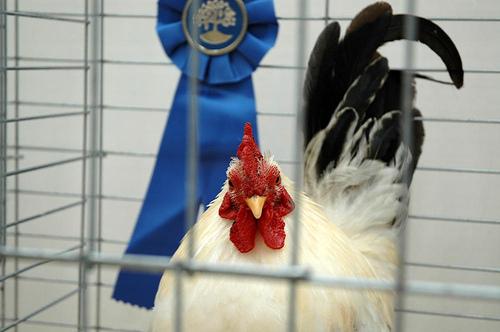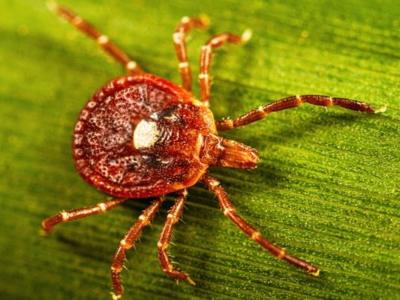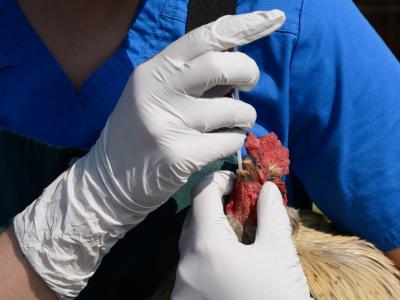
Chronic wasting disease (CWD) has been detected in a wild deer in Chippewa County, Wisconsin, for the first time, prompting the renewal of baiting and feeding bans in two counties.
The Wisconsin Department of Natural Resources (DNR) reported the positive case of the fatal neurodegenerative disease yesterday in a 1-year-old buck harvested by a hunter within 10 miles of the Barron and Dunn county borders.
In accordance with state law, Chippewa County will renew its 3-year deer baiting and feeding ban, and Barron County will renew its 2-year baiting and feeding bans. Dunn County already has a 3-year baiting and feeding ban and thus will be unaffected by the finding.
"Baiting or feeding deer encourages them to congregate unnaturally around a shared food source where infected deer can spread CWD through direct contact with healthy deer or indirectly by leaving behind infectious prions in their saliva, blood, feces and urine," the DNR wrote.
First Wisconsin cases identified in 2002
The Wisconsin DNR has been tracking the state's wild white-tailed deer population for CWD since 1999, with the first cases identified in 2002.
Baiting or feeding deer encourages them to congregate unnaturally around a shared food source where infected deer can spread CWD through direct contact with healthy deer or indirectly by leaving behind infectious prions in their saliva, blood, feces and urine.
CWD is caused by infectious misfolded proteins called prions, which spread among cervids such as deer, elk, and moose. The disease isn't known to infect humans, but some experts fear it could cause illness similar to another prion disease: bovine spongiform encephalopathy ("mad cow" disease). The Centers for Disease Control and Prevention warns against eating meat from infected animals.


.jpg)











